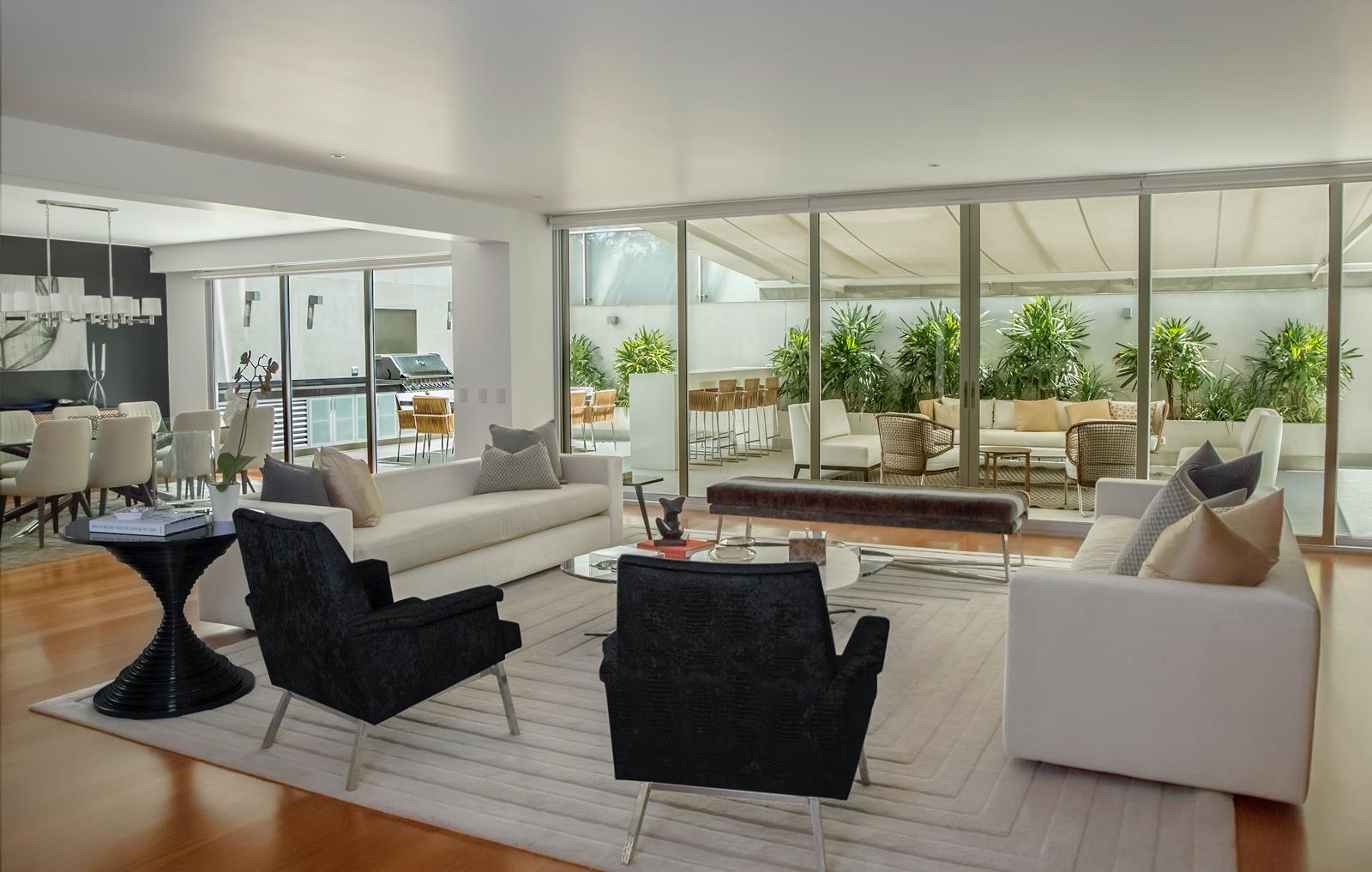Furniture is a very broad term. It refers to a lot of different things. The furniture of your home may be considered furniture. Your office chair may be considered furniture, as well. Furniture generally refers to movable, non-assembled objects designed to support various human actions including seating (e.g, tables, chairs), eating (e.g, tables, desks), and resting (a chair or a bed). Furniture has been around since at least the thirteenth century, although most of what is known about furniture today is older than this.
The earliest furniture types were simple and functional. Wooden tables and chairs were simple, usually made of wood and requiring little craftsmanship, and could be stored easily when not in use. The seating arrangement was usually two seats forward and two seats backward, with a simple table on either side to hold meals or supplies.
Later furniture evolved into chairs and tables that had legs, arms, and backs. These became more comfortable and convenient, as they were no longer made of wood. In addition, some of them were equipped with arms that were fixed behind the person sitting in the chair. The arms, of course, could be moved to target a child, to open a window, or to shield the head from the sun. Some chairs even had storage compartments under the seat for storing small items.
During the nineteenth century, advances in manufacturing technology allowed for furniture to become much more elaborate and comfortable. One sign of this development was the widespread use of iron-cast seating. This furniture was made by pouring molten iron into molds, then shaping the mold to create the final piece. The tables and chairs of this type were extremely comfortable and were often referred to by the names “dining tables” or “loft furniture.” Many of these tables were found in public homes, as well as private residences, to which the middle class would send their children for their schooling. The most popular of these dining tables were made in the Gothic style, with deep arched tops and pointed backs.
Office furniture also evolved over time, as business concerns changed. In earlier centuries, people sat at desk desks to perform tasks such as writing or reading. Office furniture featured upright drafting tables and chairs that were designed to accommodate a secretary, receptionist, or accountants. As business activity changed, however, the emphasis turned to provide more comfortable seating for a wide range of people. A sign of this change in office furniture is the proliferation of “couch” chairs that were designed to improve the user’s posture while working.
As ancient Greek furniture continued to evolve, so did the types of materials from which it was made. Initially, the most popular materials were wood and bronze. Wood became less popular because it took too long to manufacture. Furthermore, the natural beauty of Greek wooden furniture disappeared as synthetic materials were developed.
Later, metal replaced wood as the main article of furniture. One of the greatest advancements in ancient furniture was the development of cast iron. This material was extremely heavy and required very large wheels for its manufacture. Ancient Greeks used this metal in their boats and table legs, but it took until the thirteenth century for it to become common in homes. The development of the wheel made it easier for production of iron, allowing it to become less expensive.
Walnut became the material of choice because of its distinct color, strength, and stability. During the fourteenth century, when manufacturing had advanced significantly, walnut was the only wood available that was strong enough to be used as an anodized wheel. The reason for this was that the other types of wood used for office furniture, such as pine and oak, were too soft to be anodized. From this period on, walnut has consistently been used as the main article of office furniture. Today, walnut desks, drawers, and tables are seen in most private offices, as well as most board and lodging establishments.


